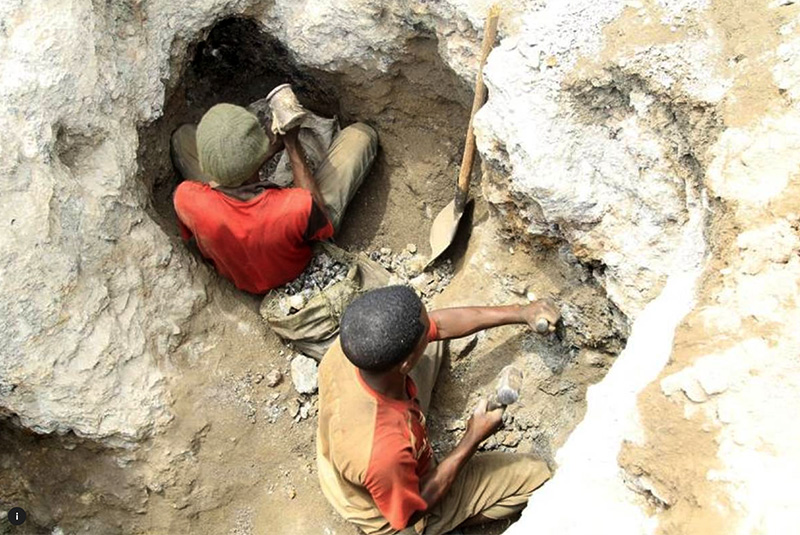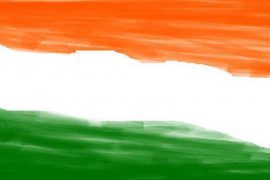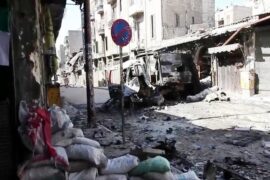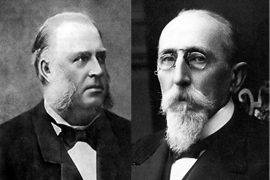I recently returned from a research trip to the Democratic Republic of the Congo (DRC), where tens of thousands of children toil in abject squalor, endure pitiful penny wages, grave injury, and even death in order to mine cobalt. Once processed, this cobalt is used in the lithium-ion rechargeable batteries that power our electronic devices, allow us to snap photos and videos that capture our lives, and connect us to social media.
It also powers our electric vehicles and is used to build the jet engines that carry us around the world. Companies such as Apple, Google, Samsung, Tesla, Boeing, and dozens more that buy cobalt sourced from the DRC are aware of the appalling conditions in which cobalt can be mined, yet no one appears willing to address the situation. Make no mistake – the supply chain of cobalt from the Congo is smeared in blood and misery.
In order to assess this misery, I documented thirty-one mining sites in and around the cities of Lubumbashi, Kipushi, Likasi, Kambove, and Kolwezi, at villages in between these cities, and in remote mountains and forests near the Zambian border.
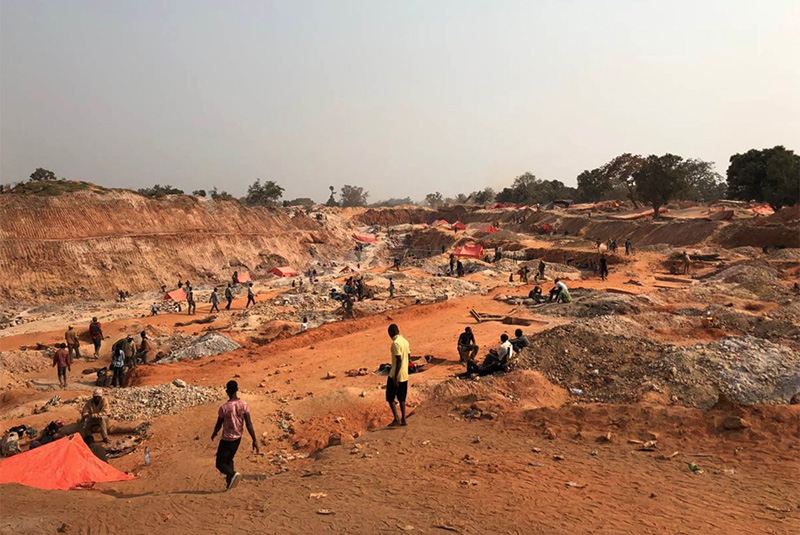
art of the mine near Kolwezi. Siddharth Kara.
Here are the facts:
First – The Democratic Republic of the Congo is the source of more than 60% of the supply of cobalt used around the world, and at least 20% of this output derives from mining by peasants, called creseurs. These creseurs dig, wash, and sort cobalt-containing heterogenite stones at so-called artisinal mining sites located across the “copper belt” of the southeastern provinces of the DRC. The remaining cobalt from the Congo is mined at industrial sites largely operated by foreign companies.
Copyright©Madras Courier, All Rights Reserved. You may share using our article tools. Please don't cut articles from madrascourier.com and redistribute by email, post to the web, mobile phone or social media.Please send in your feed back and comments to [email protected]

